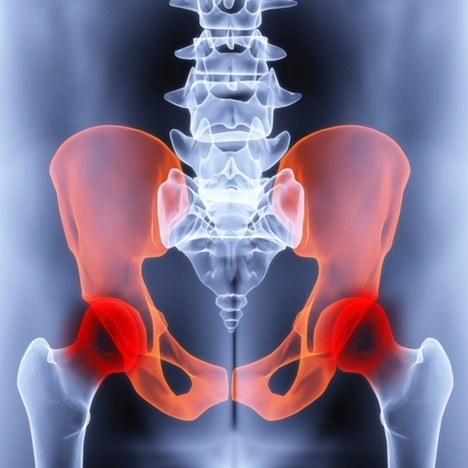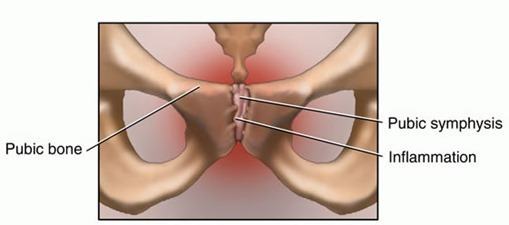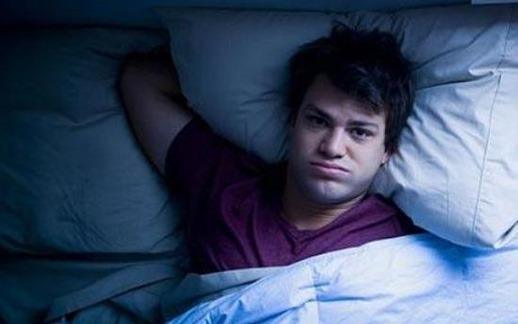The causes, symptoms and treatment of pubalgia
Pubalgia or pubic osteitis. It is an injury produced in the cartilaginous joints of the pubis that usually occurs in pregnancy or as a result of excessive physical training. We tell you more about the causes, symptoms and treatment of pubalgia or osteitis pubis, an injury that is often difficult to treat.

What is the Pubalgia?
The Pubalgia also called adducto-rectal syndrome, is a painful condition that affects the pubic region and often affects people who practice sports and pregnant women . Caused by a degeneration of the insertion of the adductor tendon muscles and the abdominal muscles that they connect to the pubic bone, it affects the adductors to the abdominal region.
Athletes, as we say, are the most affected; but not only, women at the end of pregnancy are also affected : the pain triggers, on the one hand, from the weight of the child in the muscles of the abdomen, and on the other hand due to the Secretion of the hormone relaxin that gives a greater elasticity to the pubic symphysis to promote childbirth.

We can also say that pubalgia is an inflammatory and painful lesion (non-infectious character) ) of the cartilages that surround the pubis. The cartilages are formed by connective tissue and their function is to give support and a certain mobility to the joints.
The symphysis pubis is a joint formed by cartilage that joins the upper right and left branches of the pubic bones. The pubic bones are in front of the bladder above the genitals and are held together by strong ligaments. These ligaments are those that give them stability and allow a minimum margin of movement (between 1 degree and 2mm of movement).What happens is that sometimes this hormone is secreted in greater quantity so that the pregnant woman can feel pelvic pain at any time of pregnancy, even after having given birth.
Excessive sports (or lack of previous warm-up)
Osteitis pubis is an injury that can be caused by an excess of physical training or by doing sports without previous muscular heating. It is a more common injury in professional athletes such as football players, ice hockey or skating.
Difference in the length of both legs
In this case there is an inequality that affects the symphysis pubis causing inflammation
Use Poorly fitting shoes
Although this may surprise the continued use of shoes that are not adjusted to our foot and height (eg uneven ) may cause pain in symphysis of the pubis.
The symptoms of pubalgia
As for the symptoms that can be felt when we suffer from pubalgia we can say that they are the following :
- The patient feels pain in the area of the groin . The pain is aggravated when activities require hip flexion or rotation.
- Difficulty walking
- There may be weakness and instability in the pelvis
- Pain tends to be gradual and may become confused with a muscle strain
- Sometimes pain appears sciatica in the area of the buttocks
- Lift the legs can become painful
- The range of movements of the hip is affected
- It also You may experience burning , a painful and dense feeling, and sometimes the feeling of having a full bladder.
Treatments against pubalgia
It is necessary as soon as it is diagnosed to treat pubalgia as indicated. The pubalgia sometimes has difficult treatment and becomes chronic. It is recommended to act early to achieve better results. Osteitis pubis sometimes does not respond to treatment and it takes 6 months to 2 years to achieve recovery. Patients who suffer from it come to feel frustration as it is a slow process.

Among the treatments used:
Rest
It is essential to avoid major damages and help the body in its recovery. The amount of rest depends on the severity of the injury. Avoid physical exercises that involve excessive tension to the area of the pubic symphysis. You can not do physical exercise, sometimes even bed rest is necessary to relieve pressure on the pubic bone.
If it has been 3 days to 3 weeks after the onset of pain, it is important Do not do exercises like kicking or lifting heavy objects. It would be advisable to exercise gently but always warm up beforehand. A physiotherapist can advise on the most suitable exercises (and those that should not be done).
Ice treatment
Can be applied ice for 10-15 minutes every 2-3 hours in the acute phase (the first few days or each time you have pain.If the doctor considers it necessary, steroid injections can be applied to relieve pain. In this case after the injection you can not do physical exercise in about 2 weeks.
Treatment of sound waves
The physiotherapist can recommend this treatment to accelerate the repair process of tissues and relieve pain.
Orthopedic shoes to improve walking
If the doctor and physiotherapist recommend it, you can consult the podiatrist , there are orthopedic devices/shoes that help improve walking and prevent pressure in the area of the symphysis pubis .
Finally, in some cases, shock therapy may also be indicated and, in more serious situations, surgery.
You may also be interested:
- Tendinitis causes, symptoms and treatment
If you liked the article you can click On the Facebook, Twitter or Google+ button (above the page), you will help me spread the article. Thanks for reading Blogmedicina.com.


